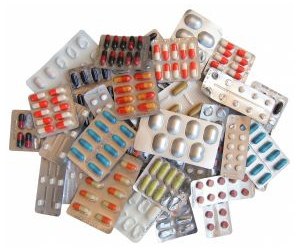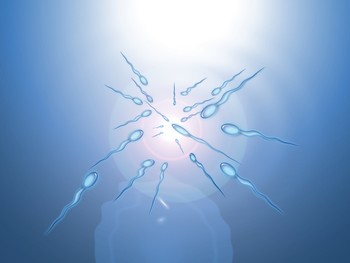 The pharmaceutical industry is facing tough times. The patents for many of the billion-dollar blockbuster drugs have expired, generics have taken market share. Health insurance companies and national health services are under increasing pressure to cut costs. Manufacturers and governments in the developing world are either ignoring intellectual property rights totally and producing generics for their poor sick.
The pharmaceutical industry is facing tough times. The patents for many of the billion-dollar blockbuster drugs have expired, generics have taken market share. Health insurance companies and national health services are under increasing pressure to cut costs. Manufacturers and governments in the developing world are either ignoring intellectual property rights totally and producing generics for their poor sick.
Moreover, the pipeline is almost empty. Many old diseases the yielded blockbuster drugs have become resistant or are proving too difficult to tackle with traditional small molecule science. The decade-old promise of the Human Genome Project in the form of pharmacogenomics is not yet living up to its full potential, while the diseases of old age represent a new pipeline but the complexity of these illnesses – Alzheimer’s, Parkinson’s, cancer, cardiovascular, even obesity and aging itself – seem to require something more than pharmaceutical intervention. However, macromolecular medicine using peptides, proteins, and genetically modified antibodies are struggling to get out of clinical trials and into the clinic.
The pharma industry also faces increasing pressure from regulators, activists, and patient advocacy groups (not necessarily a bad thing in some ways). The main problem remains, of course, that these days research and development costs billions and takes many years to bring a new drug to market that might not give the company a decent payback on its investment within the patent lifespan.
Ram Subramanian and C. Jayachandran of Montclair State University, in New Jersey, USA, and Jeffrey Toney of Kean University, NJ, suggest that it is time for the pharma industry to reinvent itself, or at least adapt to adopt the ethic of open innovation. They’re not the only ones, of course.
Until now the industry has attempted to rebuild its fortresses through multibillion dollar acquisitions, which suggest that it feels money is yet to be made from medicine. But such consolidation does not pump new products into the drug discovery pipeline it simply funnels the near-empty R&D conduits into a shrinking number of product vats. In 2007, the US Food & Drug Administration approved just 17 new drug products for market, the lowest number since 1983.
The way forward might lie in open innovation where a company initiates a project in cooperation with others outside its boundaries and so accelerates the R&D process as well as cutting costs. This approach has worked successfully outside the pharma industry and some companies, Merck partnering with India’s Piramal Life Sciences and Eli Lilly with Jubilant Biosys are already beginning to see the possibilities.
“As innovation models have evolved, the sixth generation model calls for opening up the innovation process to provide a seamless interface between the focal organisation and a network of, among others, competitors, suppliers, and firms from other industries,” the team says. Of course, given the long lead times to market and the intrinsically scientific nature of the drug discovery process, new models that have worked for technology companies such as IBM and for consumer product manufacturers like P&G may not be entirely appropriate for the pharmaceutical industry.
 Ram Subramanian, Jeffrey H. Toney, & C. Jayachandran (2011). The evolution of research and development in the pharmaceutical industry: toward the open innovation model — can pharma reinvent itself? Int. J. Business Innovation and Research, 5 (1), 63-74
Ram Subramanian, Jeffrey H. Toney, & C. Jayachandran (2011). The evolution of research and development in the pharmaceutical industry: toward the open innovation model — can pharma reinvent itself? Int. J. Business Innovation and Research, 5 (1), 63-74
 The pharmaceutical industry is facing tough times. The patents for many of the billion-dollar blockbuster drugs have expired, generics have taken market share. Health insurance companies and national health services are under increasing pressure to cut costs. Manufacturers and governments in the developing world are either ignoring intellectual property rights totally and producing generics for their poor sick.
The pharmaceutical industry is facing tough times. The patents for many of the billion-dollar blockbuster drugs have expired, generics have taken market share. Health insurance companies and national health services are under increasing pressure to cut costs. Manufacturers and governments in the developing world are either ignoring intellectual property rights totally and producing generics for their poor sick. My latest science news updates on SpectroscopyNOW – covering heavy metal sardines, pain relief and sleep problems, oral insulin and a new male infertility test that could explain the issue problem.
My latest science news updates on SpectroscopyNOW – covering heavy metal sardines, pain relief and sleep problems, oral insulin and a new male infertility test that could explain the issue problem.